Kuşadası
Although it is not known exactly when and by whom Kuşadası was founded, it is thought to have been founded by the Ions under the name Neopolis, affiliated with Ephesus. The city was previously founded at the foothills of Pilavtepe, in a place called Andızkulesi. After a while, Venice and the Genoese dominated these coasts, which belonged to the Byzantines, economically. Due to transportation difficulties, Kuşadası; It was taken from the Andızkulesi location and established at its current location under the name Yeni İskele (Scala Nuova). Kuşadası Bay and its immediate surroundings, named after Kuşadası, are known as centers of art and culture and have hosted many different civilizations since ancient times. Lelegs dominated the region in 3000 BC, Aeolians in the 11th century BC, and Ionians in the 9th century BC. The area between the Büyük Menderes and Gediz rivers was called Ionia in ancient times. The Ionians, who were merchants and sailors, quickly became rich thanks to overseas trade and had a superior political power. They founded 12 cities called "Ionian Colonies" in history. Kuşadası was one of the main ports of Anatolia opening to the Mediterranean in ancient times. At that time, it was known as Neopolis. In the 7th century BC, the Lydians, whose capital was Sardes, dominated the region. Persian domination, which began in 546 BC, continued until Alexander the Great conquered all of Anatolia in 334 BC. After this, a brand new era, a brand new understanding of art and culture, dominated Anatolia as the synthesis of Greek civilization and native Anatolian civilization, and this era was called the "Hellenistic Age". Ephesus, Miletus, Priene and Didim are the most famous cities of this period. In the 2nd century BC, the Romans dominated the region. In the early years of Christianity, the Virgin Mary and one of her apostles, St. When Jean comes to Ephesus and settles there, it becomes a religious center. Miletus was also a bishopric center in the Christian era. It was known as "Ania" in the Byzantine Age. Kuşadası was a port used by pirates in the Middle Ages. In the 15th century, during the time of the Venetians and Genoese, the city took the name "Scala Nuova". Turkish domination began in 1086 when Suleiman Shah I annexed the region to the Seljuk State. During this period, the region became an export gateway for caravan routes to the Aegean. However, the sovereignty of the Seljuk State was short-lived due to the 1st Crusades and it fell into the hands of Byzantium again. At the end of the 1280s, Menteşeoğulları came under the rule of the Ottomans between 1397-1402. Although it fell into the hands of Aydınoğulları again between 1402 and 1425, the Ottomans definitely captured the region in 1425. Kuşadası was annexed to the Ottoman Empire by Mehmed I (Çelebi) in 1413. After this date, the city remained completely in the hands of the Turks and began to be filled with works made by the Turks. The walls surrounding today's Caravanserai and Kuşadası were built by Mehmet Pasha. At that time, the walled city could only be entered through three gates. One of these gates separates Barbaros Hayreddin Pasha Street and Kahramanlar Street, and its upper part was previously used as the Urban Traffic Regional Headquarters, but is now used as the Crime Scene Investigation Bureau Headquarters. Other doors do not exist today. Küçükada (Güvercinada) was an important place that served as an important military base for the Byzantines. It underwent a major renovation in 1834 and its famous castle was built. The name "Kuşadası" comes from this castle. According to the 1893 Ottoman census, the number of people living in Kuşadası is 15,047. The majority of them (58.6%) are Turks (8,822 people). The Greek population in Kuşadası is 6,121 people (40.7%). Kuşadası was occupied by Italy between 1919 and 1921 during the War of Independence, and by Greece upon their withdrawal, and was liberated from enemy occupation on September 7, 1922. Kuşadası was separated from İzmir province in 1957 and connected to Aydın province. Izmir's Selçuk district is located in the north of the district, Söke district is in the east and south, and the Aegean Sea is in the west.




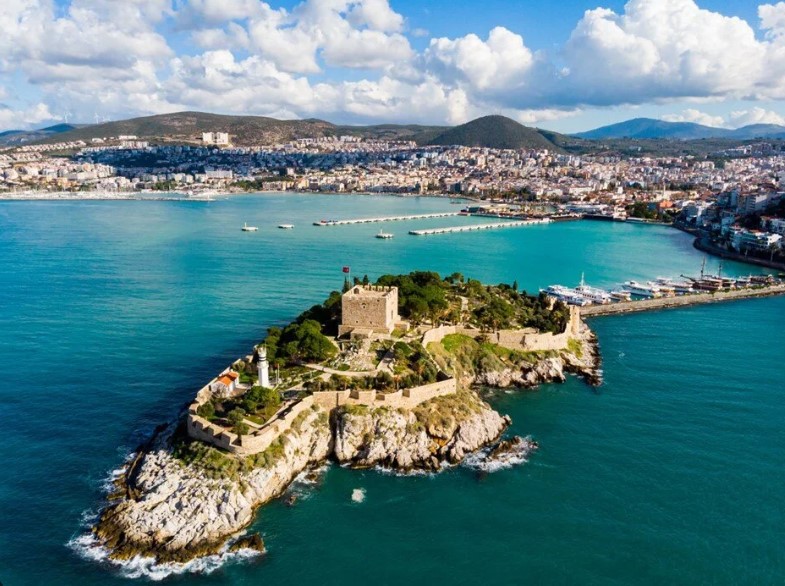
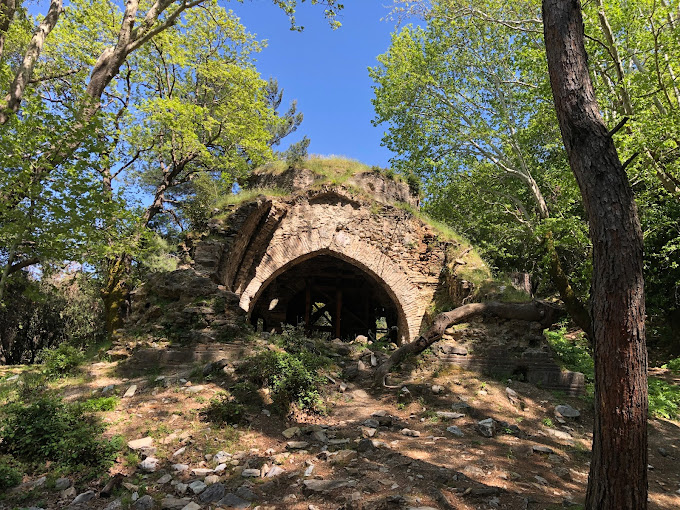
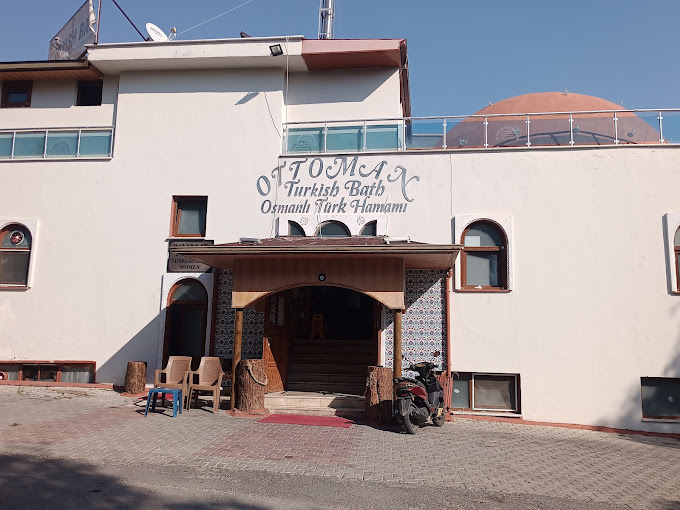
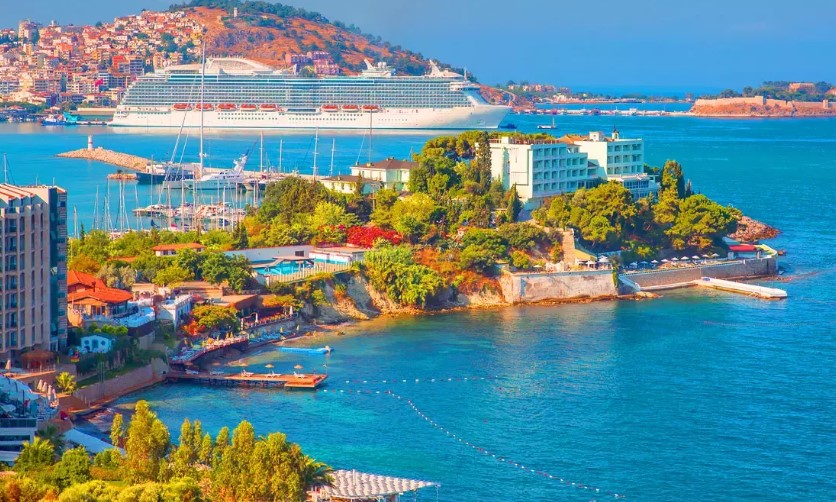
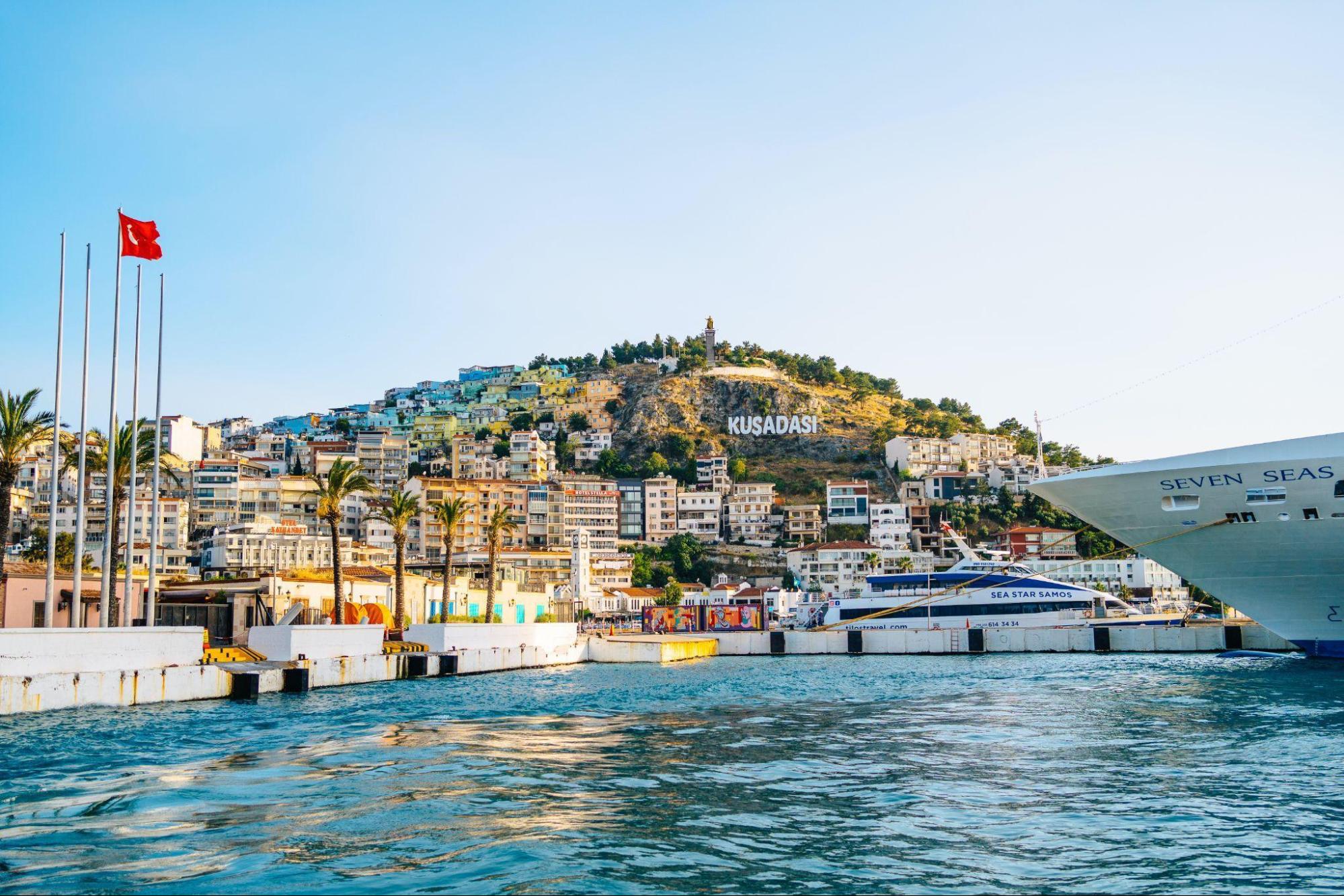
Leave Your Comments